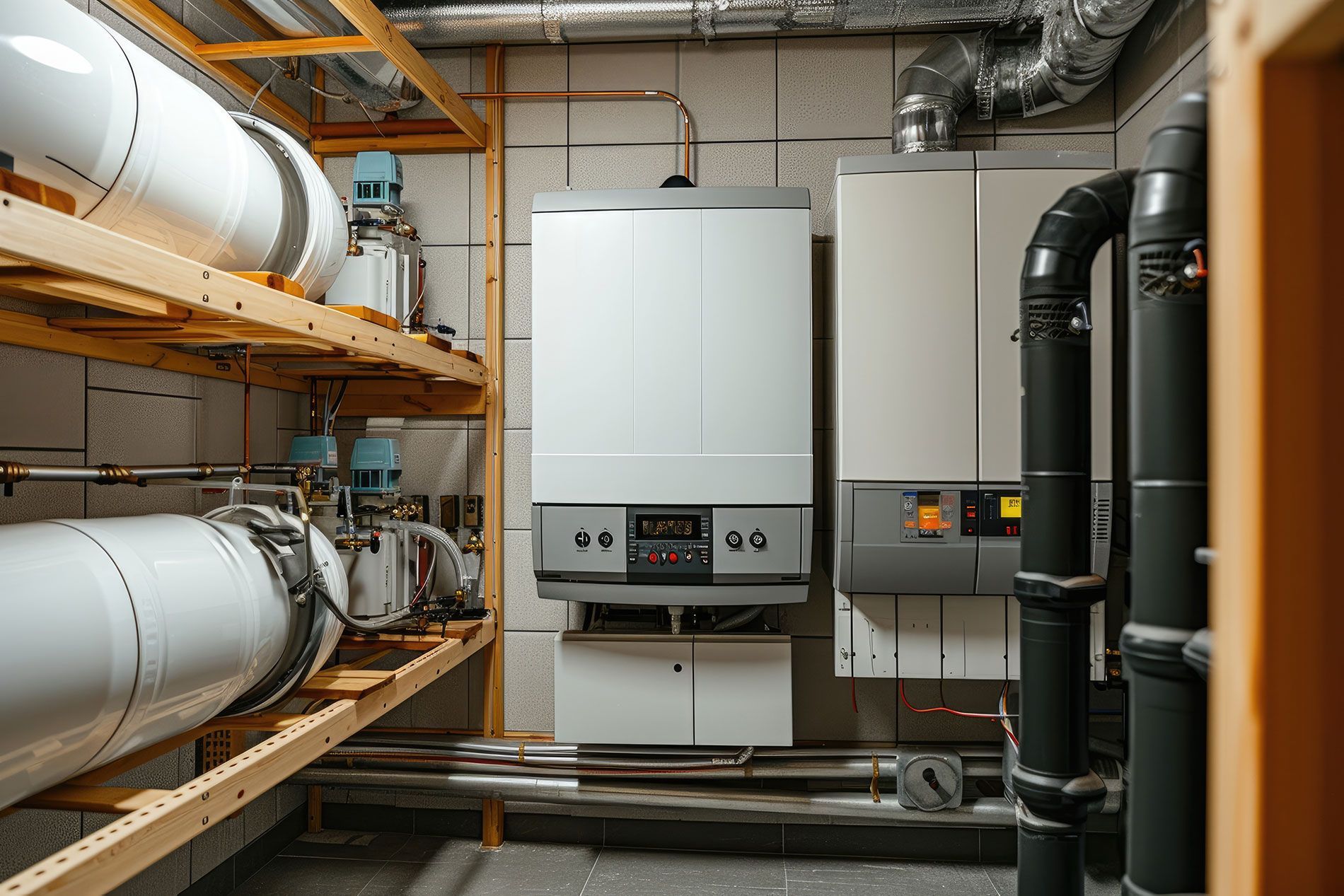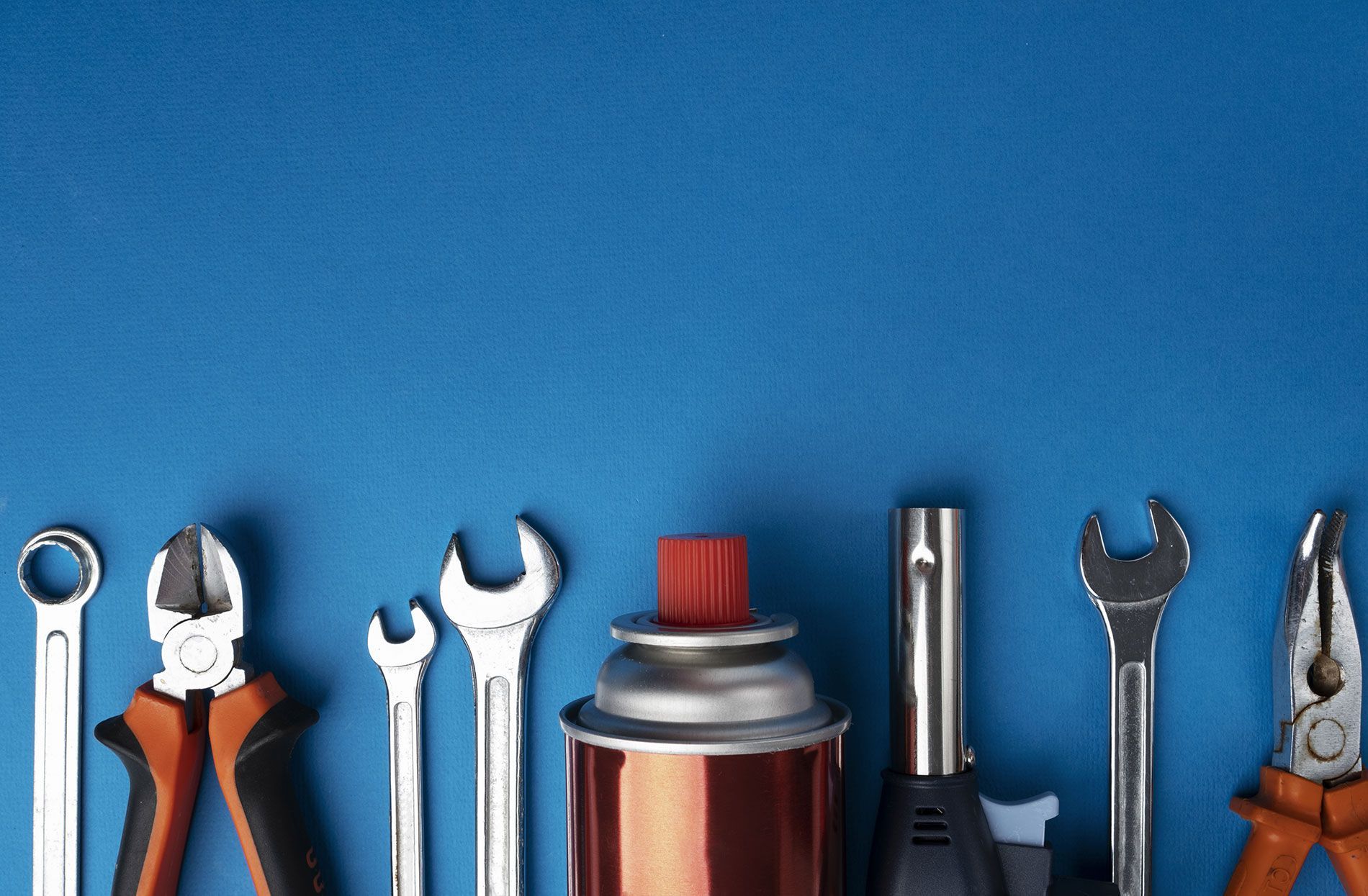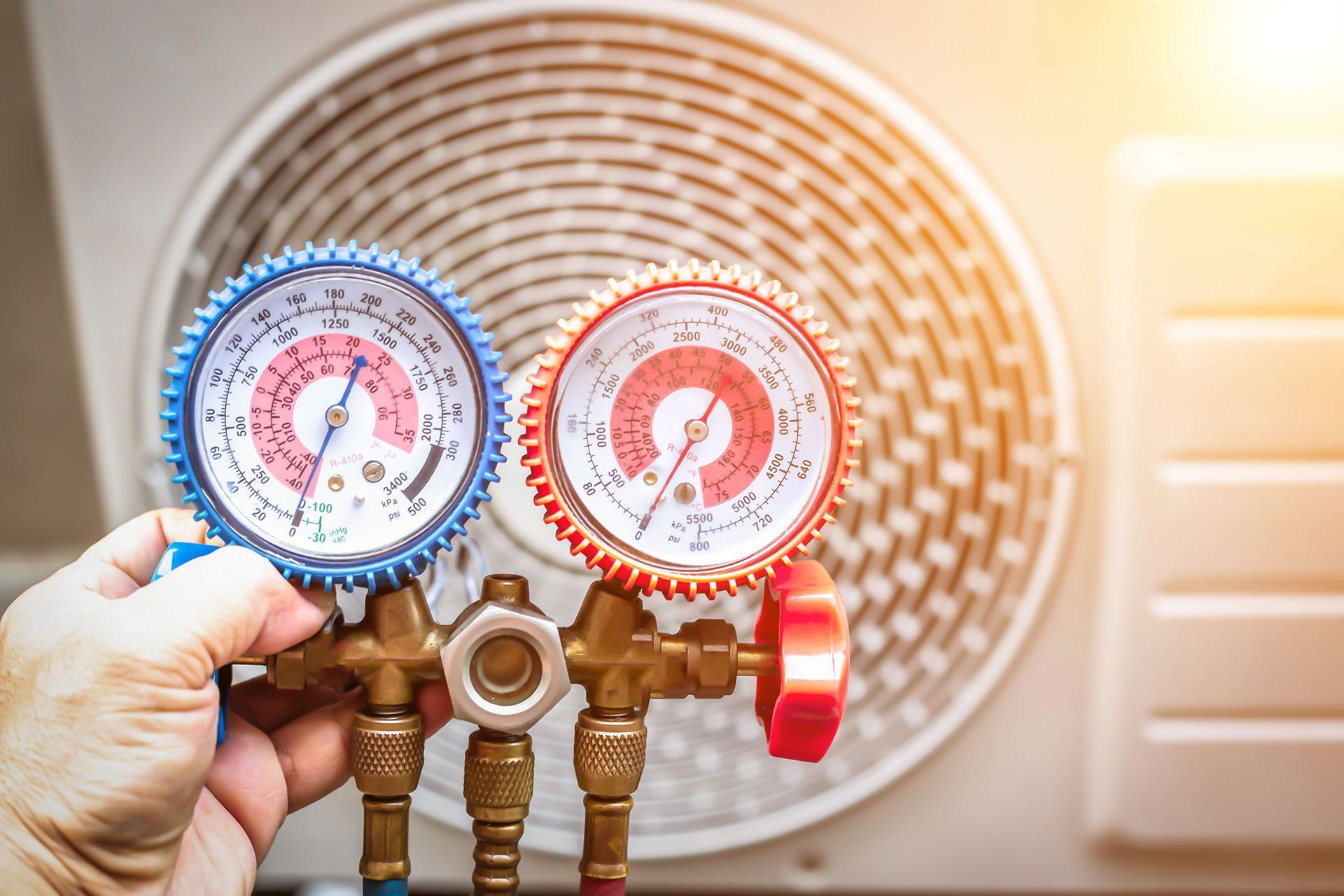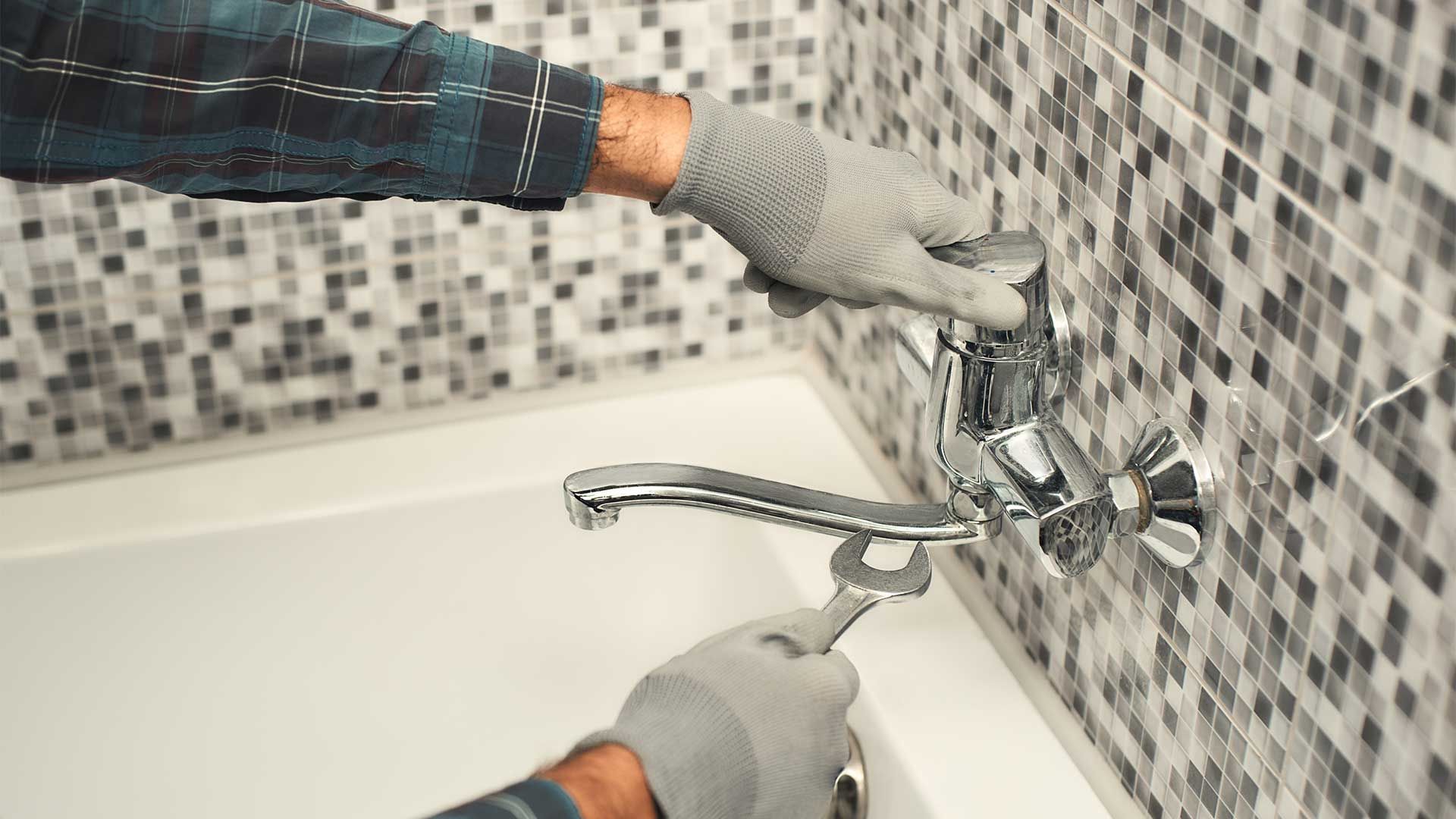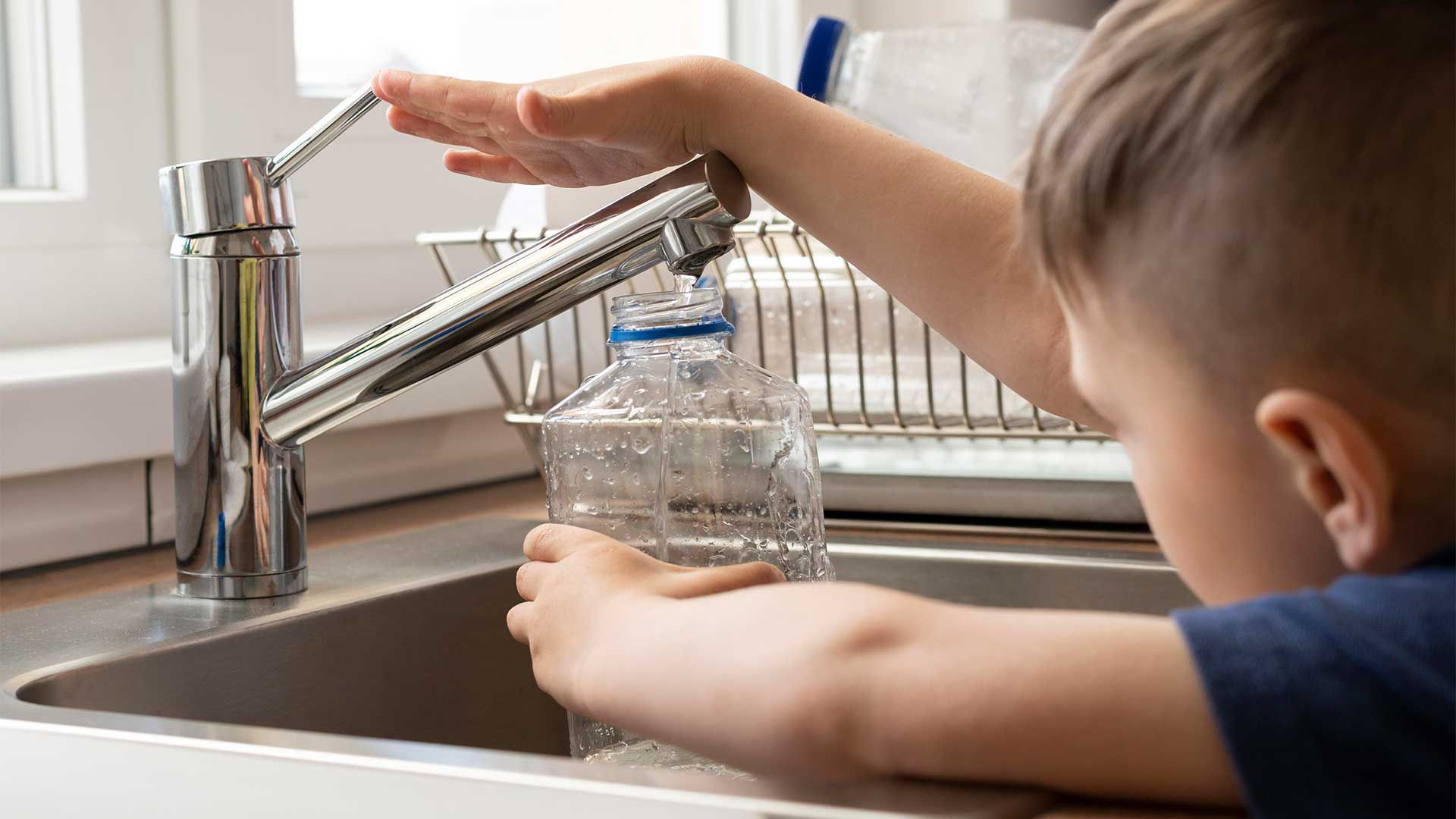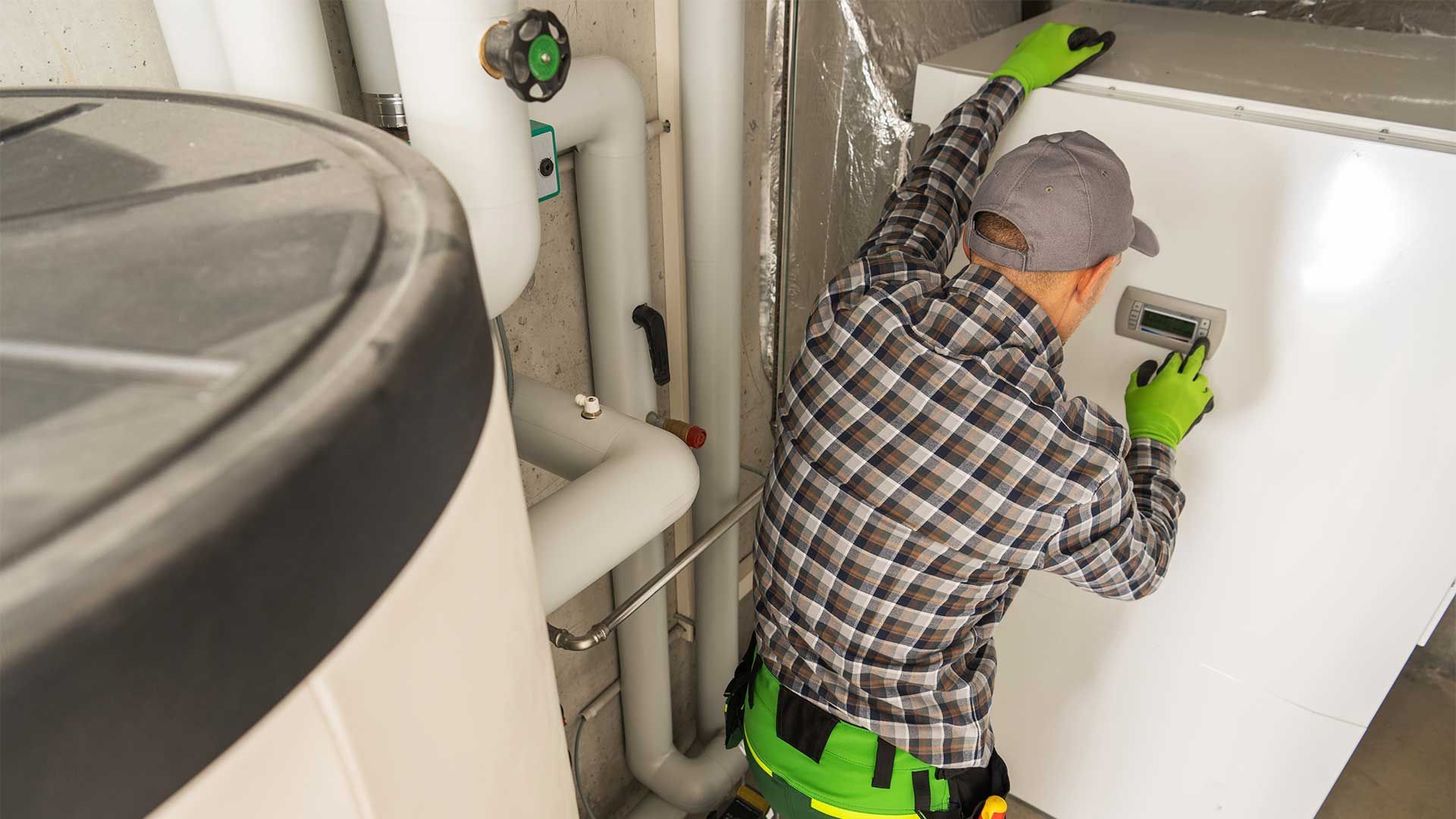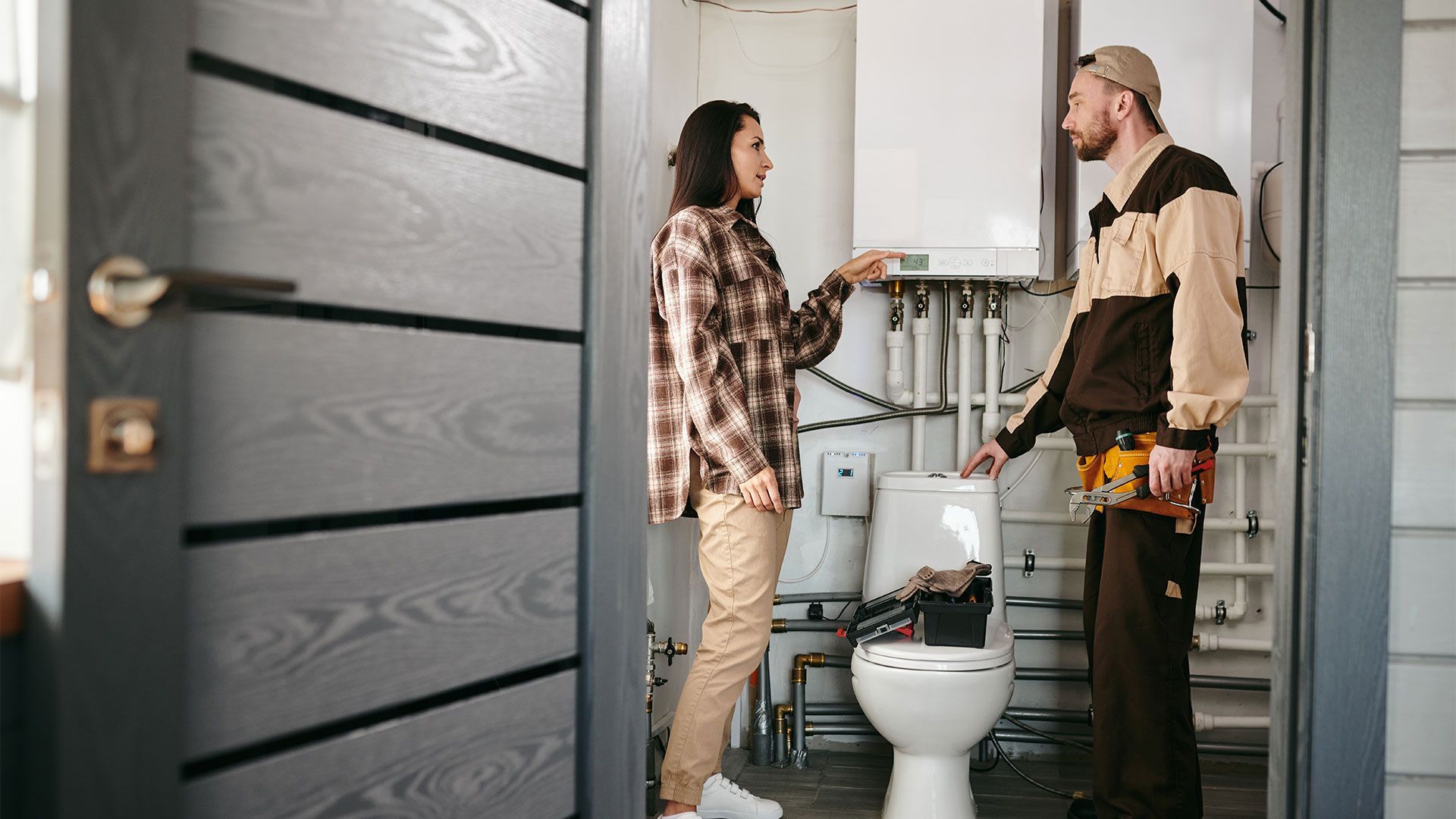Address: Santa Fe, New Mexico, United States


10 Common Residential Plumbing Problems and How to Fix Them Today
Residential plumbing problems are more than just minor inconveniences; they can significantly impact the comfort, safety, and even the value of your home. A well-maintained plumbing system is essential for ensuring a steady supply of clean water and the efficient removal of waste, which are critical to the day-to-day functioning of any household. Homeowners often face a range of common plumbing issues, from leaky faucets and clogged drains to malfunctioning water heaters and low water pressure. Each of these problems can disrupt daily life and, if left unaddressed, may lead to more severe and costly damage over time. Understanding these common residential plumbing challenges is the first step toward proactive maintenance. By recognizing the early signs of plumbing issues and knowing how to respond effectively, homeowners can preserve the integrity of their plumbing systems, avoid unnecessary expenses, and maintain a comfortable living environment.
1. Leaky Faucets
Leaky faucets are among the most persistent residential plumbing problems, often resulting from worn-out components within the faucet assembly. The culprits are usually deteriorated O-rings, the small rubber rings that seal the connection points inside the faucet, or corroded valve seats, which are the parts of the faucet that make contact with the O-ring to create a water-tight seal. Over time, these parts can wear out or become damaged due to constant use and exposure to water, leading to annoying drips that can waste a significant amount of water and increase your utility bills.
Fixing a leaky faucet typically involves a few straightforward steps. First, shut off the water supply to the faucet to prevent any water flow while you work. Next, dismantle the faucet handle to expose the inner parts - this usually requires removing a screw, which may be hidden under a decorative cap. Once inside, inspect the O-ring and valve seat for signs of wear or damage. Replace any worn or damaged parts with new ones from a hardware store. Finally, reassemble the faucet and turn the water supply back on. With these steps, you should be able to resolve the leak and ensure your faucet functions properly.
2. Clogged Drains
Clogged drains are a frequent nuisance in homes, often resulting from the accumulation of common household materials like hair, soap scum, and food waste. Hair binds with grease and other sticky substances to form clogs, while soap scum can adhere to the inner walls of pipes, narrowing them and reducing water flow. Food waste, especially if a garbage disposal isn't used or is used improperly, can also contribute to blockages, particularly when fibrous or starchy materials are involved.
To tackle these clogs, a variety of DIY solutions can be effective. A simple mixture of baking soda and vinegar can create a chemical reaction that helps dissolve the gunk that's blocking the pipes. Pouring boiling water down the drain before and after the baking soda and vinegar can further help by softening the clog. For more stubborn blockages, a plunger or a plumber's snake can be used to physically remove the obstruction. It's also beneficial to use strainers in sinks to catch hair and food particles before they enter the drainage system. These eco-friendly approaches not only clear clogs but also prevent harmful chemicals from damaging your plumbing system and the environment.
3. Running Toilets
Running toilets are a common residential plumbing problem, often resulting from issues with the flapper valve, leaky fill valves, or an imbalanced float. The flapper valve, which controls the flow of water from the tank to the bowl, can become worn or misaligned, causing water to leak continuously. Leaky fill valves may fail to shut off, leading to an overflow of water into the tank, while an imbalanced float can misjudge the water level, preventing the fill valve from closing at the right time.
To diagnose a running toilet, first, check the flapper valve by adding a few drops of food coloring to the tank. If the color seeps into the bowl without flushing, the flapper needs replacement. Next, inspect the fill valve for leaks and adjust the float to ensure it's at the correct height. Typically, the water level should be about an inch below the overflow tube. If these steps don't resolve the issue, replacing the entire flush valve assembly might be necessary. These fixes can usually be done with basic tools and replacement parts from a hardware store, restoring your toilet to proper function and conserving water.
4. Low Water Pressure
Low water pressure in homes can stem from various issues, notably pipe corrosion and sediment build-up. Over time, metal pipes may corrode, restricting water flow and reducing pressure. This is particularly common in older homes with steel or galvanized plumbing. Similarly, sediment build-up from minerals in the water can accumulate inside pipes, aerators, and showerheads, further impeding water flow.
To enhance water pressure, start by cleaning faucet aerators and showerheads, removing any sediment or debris that could be causing blockages. For homes with accessible plumbing, inspect pipes for visible signs of corrosion or leaks, which could indicate more significant issues. In cases of widespread corrosion or sedimentation within the pipes, professional assessment might be necessary to determine if partial or complete pipe replacement is required. Additionally, installing a water pressure booster system can directly address low water pressure by increasing the water flow from the main line, ensuring a consistent and satisfactory water pressure throughout the home.
5. Leaky Pipes
Pipes can leak due to a variety of factors including corrosion, joint damage, and temperature changes. Corrosion occurs over time as pipes age, especially in older plumbing systems made from materials prone to rusting or pitting. Joint damage can result from improper installation, shifts in the house's foundation, or high water pressure stressing the plumbing connections. Temperature changes, particularly freezing and thawing cycles, can cause pipes to expand and contract, leading to cracks and leaks.
For a temporary fix to a leaky pipe, you can use a pipe clamp or a rubber patch and a C-clamp to seal the leak until permanent repairs can be made. For small leaks, waterproof tape or epoxy putty can also provide a quick fix. However, these are only short-term solutions. Permanent repairs might involve replacing the damaged section of the pipe, which can be a DIY project for those with some plumbing experience, but might often require a professional plumber, especially for complex systems or major leaks. It's crucial to address leaks promptly to prevent water damage and potential mold growth in your home.
6. Water Heater Issues
Water heaters can encounter several common issues, including sediment build-up and thermostat malfunctions. Sediment build-up occurs when minerals and debris settle at the bottom of the tank over time, leading to reduced efficiency and potential damage to the heating elements. Thermostat issues can result in water that is too hot or too cold, impacting comfort and safety.
Regular maintenance is key to preventing these problems. Flushing the water heater tank annually helps remove sediment, improving efficiency and prolonging the lifespan of the unit. Inspecting and testing the thermostat periodically ensures it's functioning correctly. Additionally, checking for leaks, inspecting the pressure relief valve, and verifying proper venting are essential parts of water heater maintenance.
Troubleshooting common water heater problems involves checking for power supply issues, resetting the thermostat, and inspecting heating elements for signs of damage or malfunction. If problems persist, contacting a qualified plumber or HVAC technician for diagnosis and repair is advisable to ensure the safe and efficient operation of your water heater.
7. Jammed Garbage Disposal
Jammed garbage disposals can occur due to improper use and lack of maintenance. Improper use includes putting non-food items, such as utensils or fibrous foods like celery or potato peels, down the disposal, which can get stuck in the blades or impede their movement. Additionally, insufficient maintenance, such as failing to regularly clean the disposal or neglecting to sharpen the blades, can lead to build-up and eventual jamming.
To safely unjam and reset a garbage disposal, start by turning off the power to the disposal at the circuit breaker to prevent any accidental activation. Next, use a flashlight to inspect the disposal chamber and identify any obstructions. Using a disposal wrench or an Allen wrench, manually rotate the disposal's flywheel to dislodge the jammed object. Once the obstruction is removed, press the reset button on the disposal or turn the power back on at the circuit breaker. Finally, run cold water and turn on the disposal to ensure it's functioning properly. Regular maintenance, such as running ice cubes or citrus peels through the disposal, can help prevent future jams.
8. Sewer System Backup
Sewer system backups can manifest through various signs such as slow drainage, gurgling sounds from drains, foul odors emanating from drains or toilets, or even sewage backups into sinks, showers, or toilets. These issues can stem from clogs caused by items flushed down toilets or poured down drains, or from tree roots infiltrating and obstructing sewer lines.
Professional solutions for sewer backups typically involve inspecting the sewer line with specialized cameras to identify the exact location and cause of the blockage. Once identified, hydro-jetting may be used to clear the clog, utilizing high-pressure water to break apart obstructions and flush debris out of the sewer line. In severe cases, where tree roots have infiltrated the sewer line, professional plumbers may recommend root cutting or even line replacement.
Preventive measures for sewer backups include avoiding flushing non-biodegradable items down toilets and using drain guards to prevent debris from entering the sewer system. Regular inspection and maintenance of sewer lines, especially in older properties or those surrounded by trees, can help catch and address potential issues before they escalate into full-blown backups.
9. Frozen Pipes
Pipes freeze when water inside them reaches the freezing point and expands, exerting pressure on the pipe walls. This phenomenon commonly occurs during cold weather spells, especially when pipes are inadequately insulated, located in unheated areas, or exposed to drafts. As water freezes, it can block the flow of water through the pipe, leading to potential bursting and water damage once the ice thaws.
Preventive measures against frozen pipes include insulating pipes located in unheated areas such as basements, crawl spaces, and attics. Adding insulation sleeves or wrapping pipes with heat tape can help maintain a consistent temperature and prevent freezing. Allowing faucets to drip during extremely cold weather can also relieve pressure inside the pipes, reducing the likelihood of freezing.
Thawing techniques for frozen pipes involve applying gentle heat to the affected area using methods such as wrapping pipes with warm towels, using a hairdryer, or using a portable heater. It's essential to thaw pipes slowly and cautiously to prevent damage and potential bursting. If you're unsure or unable to thaw frozen pipes yourself, it's advisable to contact a licensed plumber for assistance.
10. Sump Pump Failure
Sump pumps are vital components in many homes, especially those prone to flooding or water seepage in basements or crawl spaces. They operate by collecting excess water and pumping it away from the home's foundation to prevent flooding. However, sump pumps can fail due to various reasons, including power outages, clogged discharge lines, or mechanical malfunctions.
Power outages are a common cause of sump pump failure, as the pump relies on electricity to function. Installing a backup power source, such as a battery-powered backup sump pump or a generator, can help ensure continued operation during power outages. Additionally, clogged discharge lines can impede the flow of water away from the home, leading to backups and potential flooding. Regularly inspecting and clearing debris from the discharge line can prevent this issue.
Maintenance tips for sump pumps include testing the pump regularly by pouring water into the sump pit and ensuring it activates properly. Cleaning the pump and removing any debris from the sump pit can also prolong its lifespan and prevent malfunctions. If issues arise, such as unusual noises or failure to activate, contacting a professional plumber for inspection and repair is recommended to avoid potential flooding and water damage.
Conclusion
As we conclude, it's crucial to emphasize the significance of promptly addressing plumbing issues for the integrity and comfort of your home. Ignoring minor plumbing problems can lead to more significant and costly issues down the line, potentially causing water damage and inconvenience. At Aaron's Custom Plumbing, serving Santa Fe, NM, we understand the importance of timely maintenance and repairs to ensure your plumbing system operates smoothly.
While tackling minor repairs can be tempting, it's essential to recognize when to seek professional assistance. Major plumbing issues such as sewer backups, burst pipes, or significant leaks require the expertise of trained professionals like those at Aaron's Custom Plumbing. Our team is equipped to handle complex plumbing problems efficiently and effectively.
Maintaining a healthy plumbing system is key to maintaining a comfortable home environment. Regular maintenance, prompt repairs, and professional assistance when needed are integral to achieving this goal. For reliable plumbing services in Santa Fe, NM, contact Aaron's Custom Plumbing at (505) 204-2111. Let us help you keep your plumbing system in optimal condition for a comfortable and stress-free home.
FAQs
-
What are the most common residential plumbing problems homeowners face?
This FAQ outlines the ten most prevalent issues, including leaky faucets, clogged drains, running toilets, low water pressure, leaky pipes, water heater problems, jammed garbage disposals, sewer system backups, frozen pipes, and sump pump failure.
-
Are these plumbing problems easy to fix on my own, or should I hire a professional?
Here, we discuss which problems can be tackled with DIY solutions and when it's best to call in a professional plumber for assistance or more complex repairs.
-
How can I prevent these common plumbing issues from occurring in the future?
This FAQ offers preventive maintenance tips and practices homeowners can implement to minimize the likelihood of encountering these plumbing problems in their homes.
-
What are the potential risks or consequences of ignoring these plumbing issues?
We detail the potential hazards and damages that can result from neglecting to address these plumbing problems promptly, emphasizing the importance of timely action.
-
What tools or materials do I need to have on hand to address these plumbing issues?
This FAQ provides a list of essential tools and materials homeowners should have available for DIY plumbing repairs, ensuring they are adequately prepared to tackle common issues as they arise.
Phone: (505) 204-2111 | Email: aaronscustomplumbing@gmail.com | Address: Santa Fe, New Mexico
Areas Served
Santa Fe, Eldarado, Tesuque
